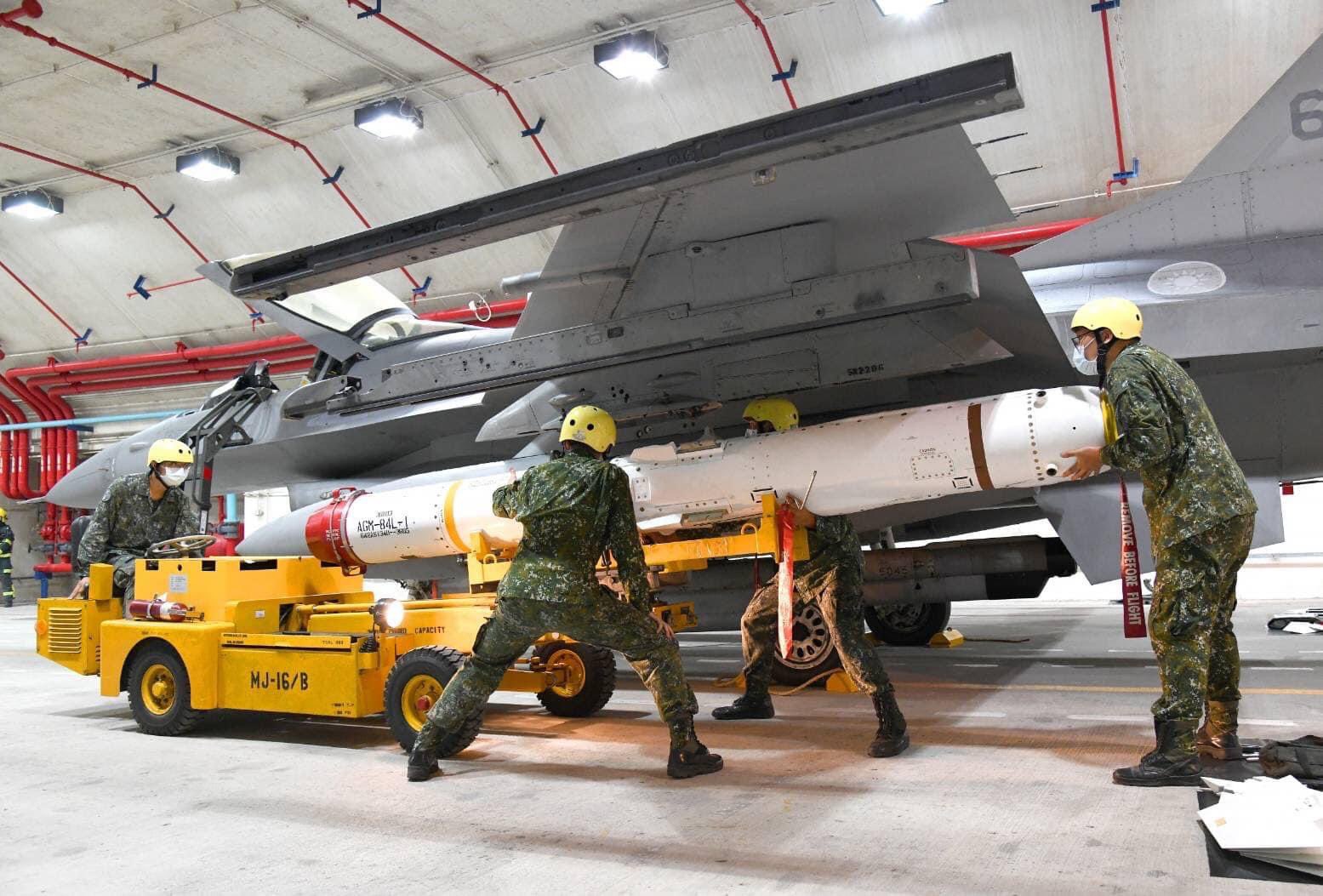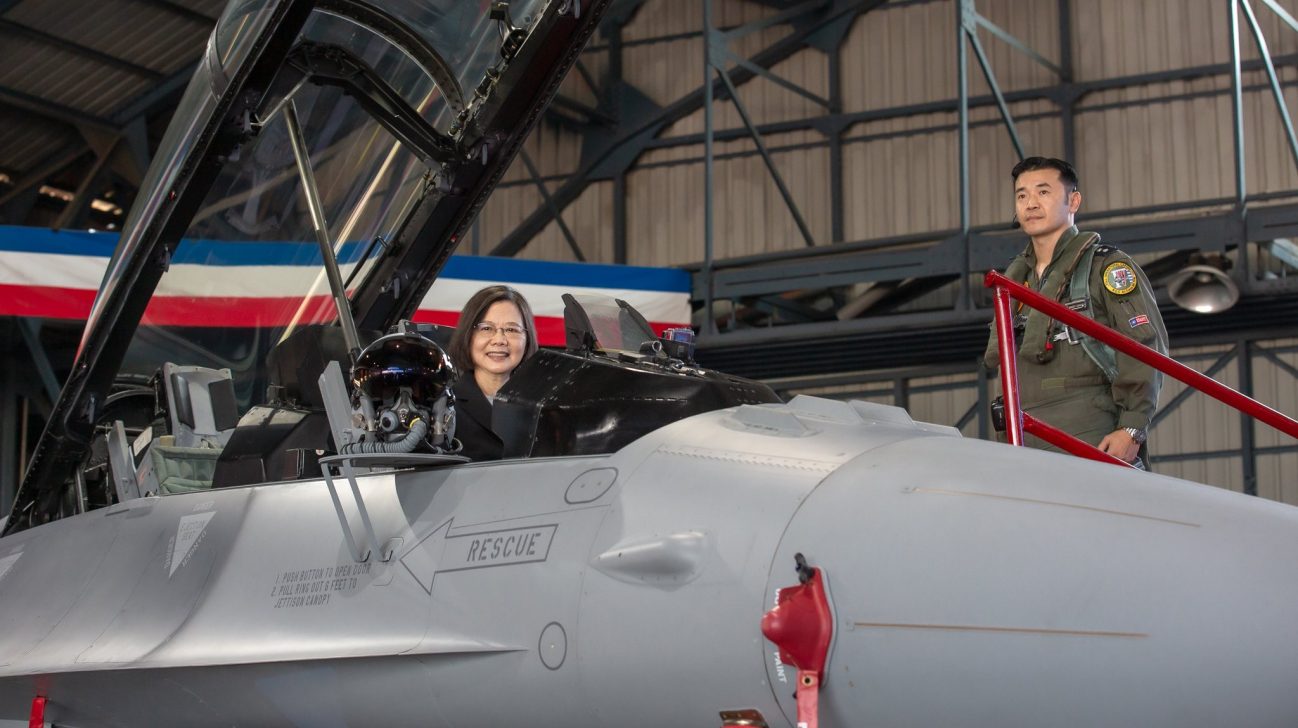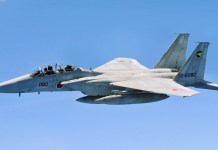On May 4, Taiwan announced that the delivery of F-16V (Viper) fighter jets from the US had been postponed due to supply chain disruptions caused by the COVID-19 pandemic.
In 2019, the United States greenlit a US$8 billion sale of F-16 fighter jets from Lockheed Martin to Taiwan. As a result of the deal, the island’s F-16 fleet would become the largest in Asia, exceeding 200 aircraft.
The deal is intended to enhance Taiwan’s defense capabilities as tensions rise with China, which continues to assert its claim over the island nation.
However, Taiwan’s Defense Minister, Chiu Kuo-cheng, disclosed that the delivery of 66 advanced F-16Vs from the US has been delayed because of supply chain issues.
The minister said the Ministry of Defense is taking measures to mitigate any potential damage caused by the delay and is working to address any deficiencies in the meantime.

Taiwan is upgrading 141 of its F-16A/B jets to the state-of-the-art F-16V model and has ordered 66 brand-new F-16Vs. These fighter jets bo of state-of-the-art avionics, weapons, and radar systems that will significantly strengthen Taiwan’s ability to counter the Chinese air force.
According to the Taiwanese Ministry of National Defense, the delivery of the first new F-16V fighter jet, initially scheduled for the fourth quarter of 2023, has been pushed back to the third quarter of 2024.
The delay is attributed to pandemic-related disruptions in the global supply chain. While this may be disappointing, Taiwan said it is working to “minimize the damage.”
Chiu, speaking to reporters at the Parliament building, revealed that Taiwan has reached out to the United States to address the delay in the delivery of its new F-16Vs.
Specifically, Taiwan has asked the US to prioritize delivering spare parts for the existing fleet to maintain their readiness and effectiveness.
The minister added that Taiwan is using multiple channels to minimize the impact of the delay in the delivery of its new F-16Vs. He also expressed confidence that the country will still receive the full order of fighter jets before the expected deadline of 2026.
This is not the first time Taiwan has experienced delays in receiving weapons deliveries from the US. In 2022, the country raised concerns over delays in the delivery of Stinger anti-aircraft missiles as the manufacturers shifted their focus to supplying weapons to Ukraine amid the Russian invasion.
Taiwan Seeks US Support For Next-Gen Fighters
Taiwan’s plan to acquire F-16V fighter jets may have hit a snag, but the island nation is not backing down from strengthening its defense capabilities. The island nation is now looking to team up with the United States to create a next-generation fighter jet that can meet its unique defense needs.
On May 3, the chief of the defense contractor Aerospace Industrial Development Corp (AIDC) in Taichung revealed that the country is actively seeking to collaborate with the United States to produce its next-generation domestically developed fighter jet.
The next-generation fighter, which would have stealth capabilities, was initially revealed by Taiwan in 2017. But since then, the nation has provided little information on this project.
The US-made F-16s and French-built Mirages are the backbone of the Taiwanese Air Force. The Indigenous Defense Fighter (IDF) F-CK-1 Ching-Kuo, built and produced by AIDC more than three decades ago, is also used by the Taiwanese Air Force.
During a Taiwan-US defense industry meeting in Taipei, AIDC Chairman Hu Kai-hung stated that the company wants to improve its technical capabilities to aid in developing Taiwan’s next-generation fighter jet.

He hopes the US will help Taiwan develop the next-generation fighter, including the engine, avionics, control systems, environmental controls, and other components that present opportunities for US-Taiwan cooperation.
Most nations are wary of selling arms to Taiwan for fear of upsetting China. Even Washington refrained from providing Taipei with top-of-the-line fighter jets, such as F-35 fifth-generation fighters.
Thus, Taiwan lacks a direct counter to China’s new J-20 stealth fighter. This has prompted Taiwan to create a new home-built fighter as part of a larger ambition to manufacture more weapons domestically, such as submarines.
“Domestically made aircraft is the road we must travel,” Hu said. The nation intends to construct two prototype aircraft for the project, with the first flight slated for 2025.
The AT-5 Brave Eagle, Taiwan’s first domestically produced jet trainer, was tested by AIDC in 2020. The business is also upgrading its F-16 fleet to the more modern F-16V version and running an F-16 service facility.
Nevertheless, the latest development comes as the Taiwanese air force is constantly alert, intercepting Chinese aircraft that infringe on the island’s airspace as part of China’s increasingly aggressive maneuvers.
- Contact the author at ashishmichel(at)gmail.com
- Follow EurAsian Times on Google News




